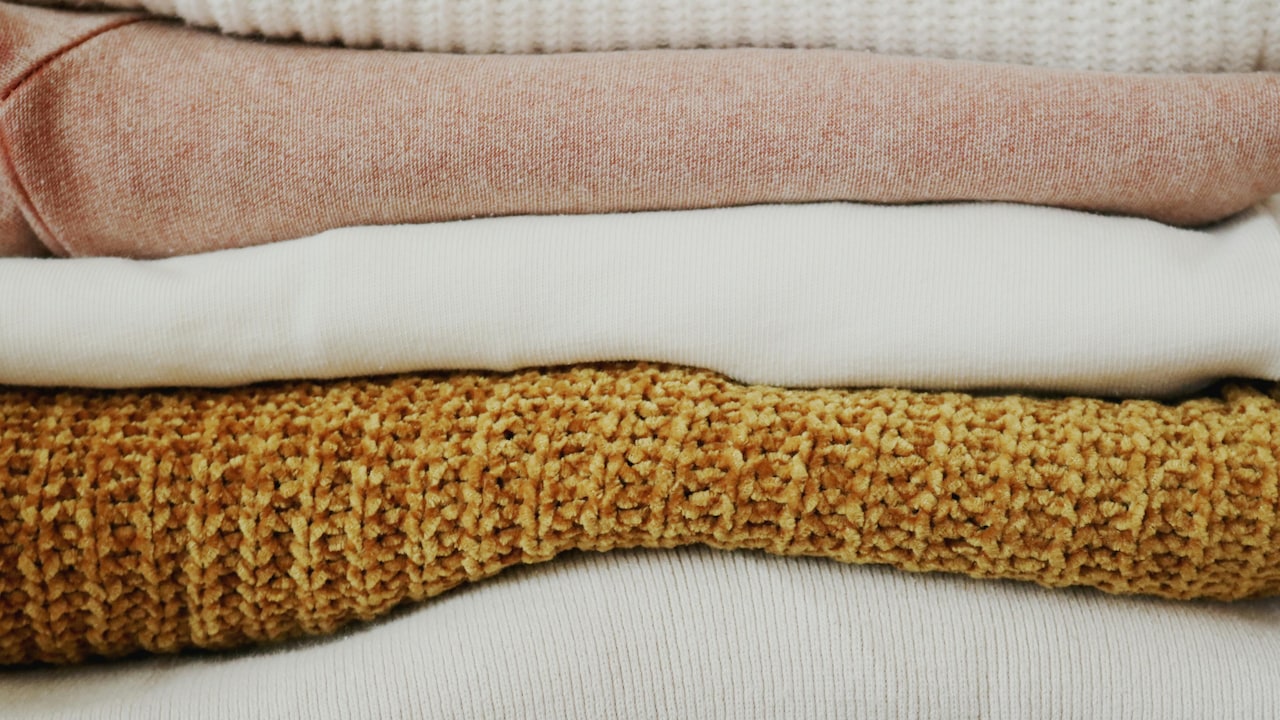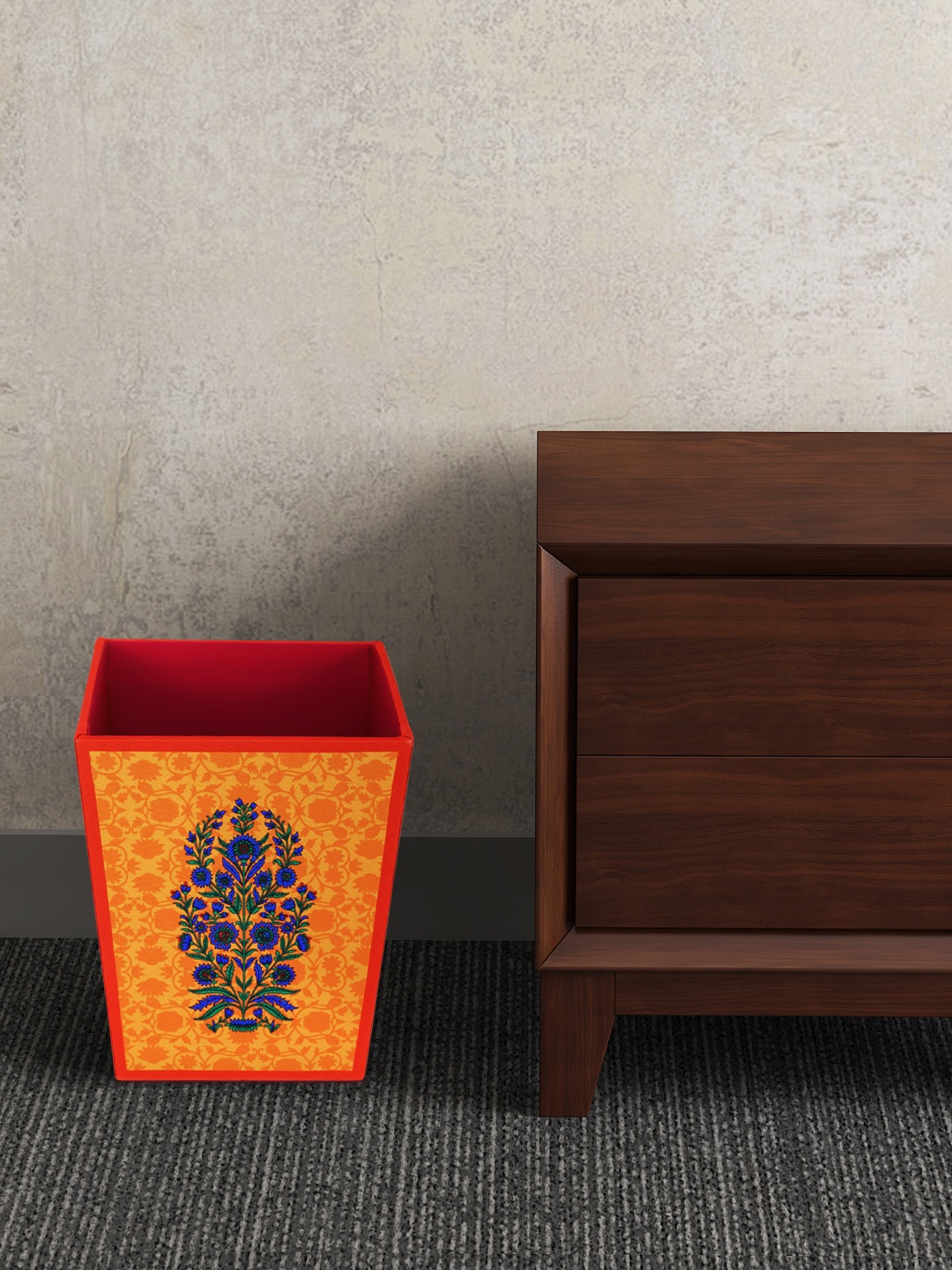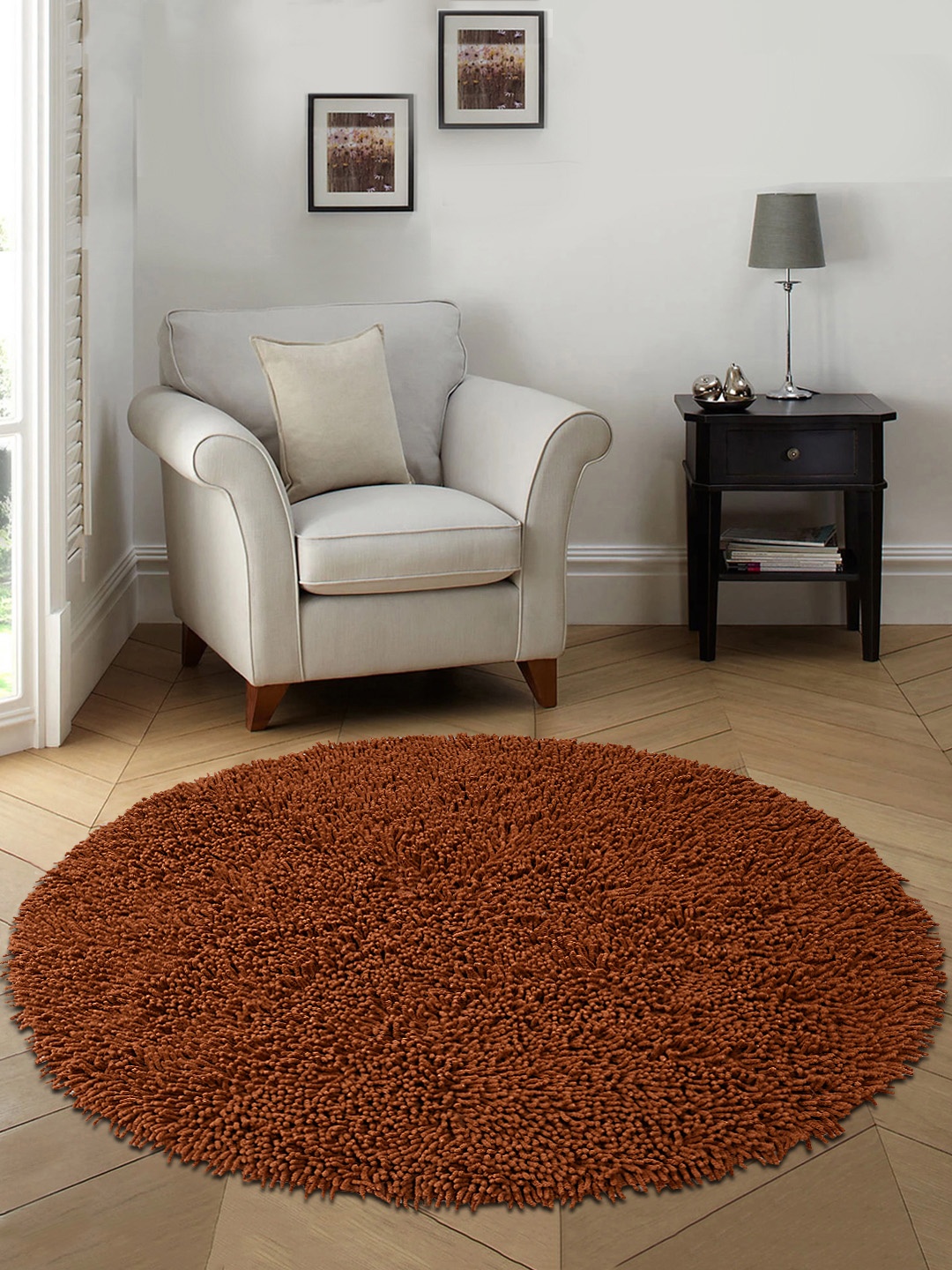How To Organise And Store Towels So They Stay Fresh and Odour-Free Longer
Towels deserve better than that faint, unwelcome musty smell that creeps in after a few uses. This guide walks through practical, home-friendly ways to organise and store towels so they remain fresh day after day.

How To Organise And Store Towels So They Smell Fresh Longer.
Nothing ruins a relaxing shower faster than reaching for a towel that smells like a forgotten corner of the bathroom. Warm weather, humidity and small bathrooms often get blamed, yet the real culprit is usually how towels are handled after use. Fresh-smelling towels aren't a luxury. A few thoughtful steps can help them stay clean, airy and pleasant for far longer. This guide covers everyday, easy-to-follow habits to organise and store towels in a way that supports freshness, saves space and keeps linen cupboards tidy.
Below are 10 strategies about how to organise and store towels so they stay fresh and odour-free longer.

Here's how to store your towels the right way to keep them smelling fresh; Photo Credit: Pexels
Towel Storage And Care Tips For Long-Lasting Freshness
1. Dry Towels Completely Before Storing
A towel that goes into storage even a little damp becomes the perfect place for unpleasant smells. Humidity encourages odour-causing bacteria, and once that stale scent settles in, it stays. A quick shake after every use helps release trapped moisture. Hanging the towel fully open on a wide rod lets air reach every fold. Narrow hooks look stylish, but they bunch towels, leaving damp zones that take ages to dry.
In homes where bathrooms stay humid, moving towels to an airy balcony or utility area for thirty minutes works wonders. Sunlight adds a natural freshness that no artificial spray can match. Even during monsoon months, a ceiling fan or a small stand fan near the drying area speeds up the process.
Drying sounds simple, yet it is the number one habit that decides whether towels smell crisp or sour. When towels are bone-dry before folding, every storage method succeeds.
2. Rotate Towels Weekly To Reduce Wear And Odour Build-Up
Using the same towel repeatedly, even when washed regularly, causes faster wear and lingering smells. A simple rotation system keeps each towel in good condition for longer. Keep a small basket labelled “Fresh” and another labelled “Used For Laundry”. When laundry day arrives, everything from the second basket goes straight in, and the first basket gets replenished.
A weekly rotation prevents any single towel from carrying the burden of everyday use. This reduces dampness build-up and extends softness. Families can even colour-code towels. Blue for the kids, beige for guests, charcoal for daily showers, no mix-ups, no confusion.
Rotating towels brings order, saves money and keeps the wardrobe tidy. It also means no last-minute panic when guests arrive, because there's always a clean batch ready. This routine feels small, but it preserves freshness for months and avoids that “overused fabric” smell many households struggle with.
3. Fold Towels The Space-Smart Way
Crumpled towels stuffed into cupboards trap moisture and lose their shape. A neat folding style helps them breathe while making storage look beautiful. The tri-fold method works best for most homes. Spread the towel out, fold it into thirds lengthwise, then fold it again horizontally. This technique saves shelf space and gives the cupboard a clean, spa-like look.
Homes with narrow shelves can try the roll-and-stack method. Rolled towels stay fluffier, and the ends remain tucked away. Rolled stacks also prevent towels from being squashed by heavier linen. For deep cupboards, vertical filing, like storing clothes in KonMari style, works well because each towel becomes easy to grab without disturbing the rest.
A tidy fold keeps the fibres aligned, reduces wrinkles and ensures every piece gets air circulation. Freshness lasts longer when towels aren't crushed in dark corners. It's surprising how much difference a mindful fold can make.

Organise them in a space-saving manner; Photo Credit: Pexels
4. Keep Towels In A Cool, Dry Cupboard
Even the cleanest towel can turn musty if stored in a cupboard with lingering moisture. Bathrooms often stay humid, especially during long summers, so a separate linen area is ideal. A spare shelf in a bedroom wardrobe or a dedicated rack in a utility space works better than storing towels inside the bathroom.
Place a small, breathable cotton cloth or mat on each shelf. This prevents moisture from transferring from wood to fabric. Silica gel packets or natural moisture absorbers like charcoal sachets help keep shelves crisp and dry. Avoid storing plastic bags between towels as they trap humidity.
Cupboards with good airflow allow towels to stay fresh without any effort. A quick monthly airing of the shelves, just leaving the doors open for an hour, keeps the space odour-free. When the storage area smells clean, towels naturally follow.
5. Wash Towels Properly With The Right Products
Freshness starts in the wash. Towels collect soap residue, hard-water minerals and body oils, which cling to fibres and create an unpleasant smell over time. A warm wash with the right amount of detergent ensures thorough cleaning. Too much detergent leaves residue, while too little reduces cleaning power.
A cup of white vinegar added once a month helps strip buildup and soften fibres naturally. It's an old home remedy, but it never fails and costs barely ₹30 for an entire bottle. Alternatively, a teaspoon of baking soda paired with detergent helps neutralise odours. Avoid heavy fabric softeners, they coat the fibres and reduce absorbency.
Proper washing resets the towel's freshness. When towels come out of the machine smelling clean and light, the rest of the storage process becomes much easier and more effective.
6. Give Towels Breathing Room On Shelves
Stacking too many towels tightly compresses them and prevents airflow. When towels can't breathe, they develop that odd “cupboard smell”. Leave a little space around each stack. Instead of squeezing ten towels onto one shelf, split them across two. If cupboard space is limited, remove older or worn-out towels and repurpose them as cleaning cloths.
Using open baskets or wire bins also improves air circulation. Place two or three towels per basket and slide them onto the shelf. The open sides let air flow freely, reducing moisture. This method also helps keep the cupboard neat because towels stay contained rather than toppling when someone pulls one out.
Breathing room keeps towels fluffy, odour-free and easier to manage. A shelf that looks airy and uncluttered sets the tone for freshness.

Give your towels enough breathing space to remain odour-free; Photo Credit: Pexels
7. Separate Towels Based On Use
Bath towels, gym towels, hand towels and guest towels each experience different levels of moisture and wear. Mixing them causes odours to spread. Keep separate sections for each type. Bath towels deserve more space because they carry the most moisture. Gym towels, usually smaller, can be rolled and placed in a dedicated basket.
Guest towels should get the best treatment. Store them in sealed cloth pouches to keep them clean until needed. This makes hosting smoother because everything remains organised. For families with children, a designated lower shelf makes it easy for kids to reach their own towels without disturbing piles meant for guests.
Segregation ensures hygiene and makes the cupboard visually appealing. Every towel gets used for the right purpose, stays fresher, and avoids unnecessary mixing of odours.
8. Refresh Towels With Natural Scents
Fresh-smelling towels don't need commercial perfumes. Natural scents work better, last longer and feel gentler. Place small muslin bags filled with dried neem leaves, lemongrass, or lavender inside the cupboard. These release a soft fragrance that lingers pleasantly without overwhelming the senses.
Cinnamon sticks wrapped in cloth or a few cloves inside a drawer bring a warm, homely aroma. Many homes also use eucalyptus oil drops on a cotton pad placed discreetly on the shelf. It lightly scents the space and keeps insects away.
Avoid spraying perfumes directly onto towels, as the alcohol dries out fibres. Natural scents should enhance, not overpower. When towels smell subtly fresh, stepping out of a shower becomes a little luxury every day.
9. Keep A Towel Rotation For Guests
Guests appreciate small gestures, especially clean, fragrant towels neatly kept aside just for them. Create a “guest-only” set, two bath towels, two hand towels and a face towel. Store them in a special cloth bag or drawer so they stay untouched until needed.
Before guests arrive, take the set out for a quick sun-airing. Even a fifteen-minute sunbath gives towels a crisp, fresh feel. Fold them neatly, place them in a basket and leave a tiny scented sachet beside them, not inside, so the fragrance is gentle.
This system avoids last-minute scrambling and ensures guests always have fresh linen. It also keeps everyday towels separate, reducing mix-ups and extending the life of all your towel sets. A thoughtful, organised arrangement feels warm and welcoming.

Use towels in rotation to avoid making them smell bad; Photo Credit: Pexels
10. Maintain A Simple Weekly Towel Routine
Consistency keeps towels in good shape. Set a simple weekly routine: wash towels every four to five days, sun-dry them whenever possible and rotate older ones out every six to eight months. A regular check on the cupboard ensures no dampness sneaks in.
Families can schedule towel-washing days around other chores. For example, shirts on Monday, linens midweek and towels on Saturday. This creates rhythm and avoids the sudden pile-up that leads to hurried, inefficient drying.
Even small routines make a big difference. When towel care becomes part of the weekly flow, freshness stops being a struggle. Everything stays organised, and your home feels cleaner and more comfortable throughout the year.
Products Related To This Article
1. DDecor Unisex Magenta Solid 500 GSM Cotton Bath Towel
2. KLOTTHE Unisex Set of 3 Striped 210 GSM Bath Towels
3. Jockey Cotton Terry Ultrasoft and Durable Solid Bath Towel-T101
4. MYTRIDENT Yellow & White Striped Cotton 450 GSM Bath Towel
5. Decathlon Nabaiji Pink Soft Microfiber Quick Dry Towel
6. BOMBAY DYEING Green & White Printed Pure Cotton 450 GSM Bath Towel
7. Fezora Orange Colored 500 GSM Microfiber Bath Towel
Towels stay fresh not through expensive products but through mindful habits. Dry them well, store them smartly, wash them right and give them space to breathe. With simple changes, the linen cupboard transforms into a fragrant, organised corner of the home. Fresh towels bring comfort to everyday routines, making mornings lighter and evenings calmer. With these tips, your towels stay soft, clean and pleasantly scented, ready to brighten every bath.
(Disclaimer: This article may include references to or features of products and services made available through affiliate marketing campaigns. NDTV Convergence Limited (“NDTV”) strives to maintain editorial independence while participating in such campaigns. NDTV does not assume responsibility for the performance or claims of any featured products or services.)
























